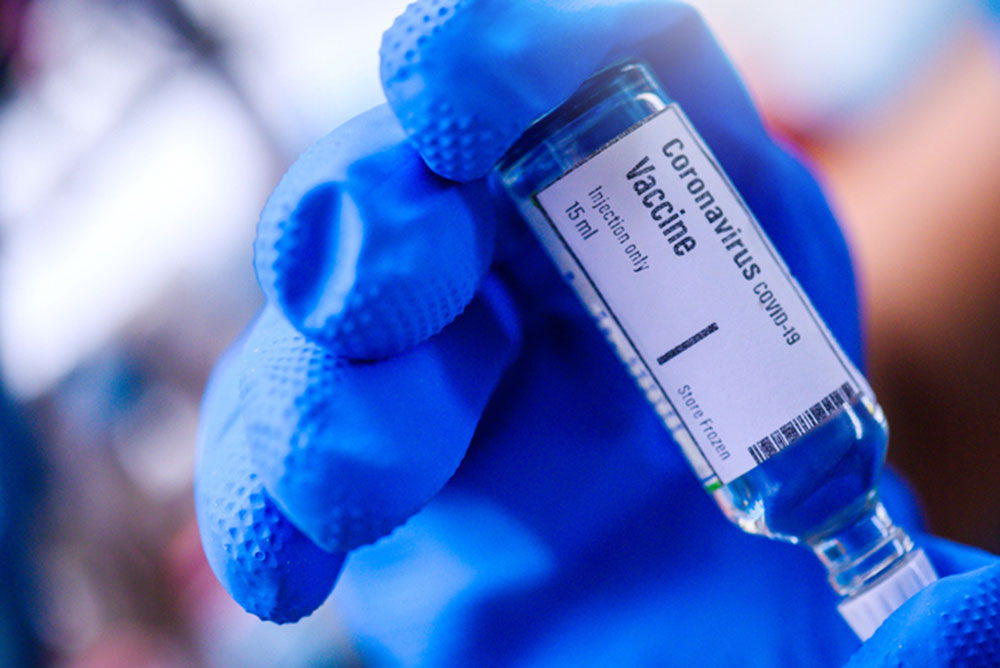
iStock
“THE VIRUS is basically in charge right now,” New York University infectious disease epidemiologist Danielle Ompad told the Washington Post, “because we don’t have a vaccine, and because there aren’t proven effective treatments.”
As of mid-April the currently raging coronavirus, officially SARS-CoV-2, continues to pose conundrums that range from mechanisms of contagion, such as the quickly retracted alarm about ocean waves, to crucial questions about severity and testing, and about how and when the crisis will end.
Hospitalization rates help explain why Covid-19 is more severe and demands more extreme precautions than seasonal flu: 19% for Covid-19 versus 2% for the flu, according to a Vox chart.
And of about 20,000 patients hospitalized in New York City, some 4,000 or 20% have died. Case reporting, however, is unreliable: Numbers from the Texas county that includes Houston, for example, at one point showed 966 hospitalized but fewer than 950 confirmed cases.
Meanwhile, fatality rates remain unknown as long as inadequate testing makes the total number of cases impossible to compute—and as long as around 50% of cases are asymptomatic, and most common SARS-CoV-2 tests currently have a 30% risk of false-negative results (negative in the presence of active infection).
If the total number of Covid-19 deaths in the U.S. ends up at fewer than 40,000—as of April 10, the total was 15,000—the fatality rate will be close to the .1% of seasonal flu. Others put the rate as high as 3.4%.
Testing is the key, according to Governor Andrew Cuomo, although New York alone needs tens of millions. Until SARS- CoV-2 tests become much more available (the best might be do-it-yourself and inexpensive like pregnancy tests), questions will arise about how often and at what point to test each individual, for example, after any possible exposure.
But a different kind of test that detects antibodies to SARS-CoV-2 could indicate immunity and provide a sort of return-to-work passport. However, because people with detectable antibodies can still be infectious, they would also need testing for the virus itself before being cleared.
Herd immunity is the most likely candidate for ending the crisis. For many viruses, 80 to 95% of the population must be immune to stop a disease’s spread; in the case of measles, 19 out of every 20 people must receive the vaccine to block person-to-person transmission. Unlike measles immunity that endures for decades, however, immunity to this coronavirus could last as little as a few months or up to a few years.
Vaccination is the safest route to herd immunity because, if herd immunity depends on infection spreading throughout the population, the severity of Covid-19 could kill high numbers of people. Also, social distancing, currently the best weapon against the spread of SARS-CoV-2, creates an obstacle to achieving herd immunity by causing the virus to spread more slowly.
Many vaccines are in the pipeline, but clinical testing requires at least a year, and any vaccine could need rejiggering as the virus mutates. Similarly, drugs currently in the pipeline, such as hydroxychloroquine, need months or longer to show sufficient effectiveness to justify the risk of side effects.
Among other tricky coronavirus issues, length of contagion varies greatly among individuals. A New Rochelle, N.Y., teacher remained infected and contagious for at least 11 days after her last symptoms. About half of Covid-19 patients in Chinese research continued shedding the virus for up to eight days after symptoms disappeared. (While some patients report getting Covid-19 a second time, the new symptoms are likely a continuation of the original infection.)
Both the differing symptoms and the severity of individual cases depend on the quantity of virus in the initial exposure and on personal genetics. “It’s a dosage thing,” Manhattanville College virologist Anna Ueung-Cheung told Slate. The likelihood of health care workers becoming infected is high because of intense exposure.
Although only a fraction of those infected get sick, those who do have a wide range of symptoms, from fever and cough to stomach cramps and diarrhea to debilitating fatigue. “Very rare mutations… are likely driving cases of extreme susceptibility,” according to University of Oxford researcher Stephen Chapman—especially in young, apparently fit adults.
Other factors affecting severity include race and pollution. In Michigan, with the state population 14% black, African Americans made up 35% of cases and 40% of deaths.
“Large overlap” occurred between higher levels of dangerous particles known as PM 2.5 and higher death rates from Covid-19 in a nationwide study by Harvard public health researchers. According to the study across 3,080 U.S. counties, DC “is likely to have a higher death rate than the adjacent Montgomery County, Md.”
As for ocean waves spreading the virus, the rumor arose after the LA Times reported that “every time the ocean sneezes with a big wave or two, it sprays these particles into the air.” The expert at the heart of the story, however, told CBS later the same day: “SARS-CoV-2 has not been detected in the ocean or atmosphere by anyone.”
Talking to the LA Times, Scripps atmospheric chemist Kim Prather had intended to make the point that six feet may not be a sufficient distance between people on a windy beach, where even those who are symptom-free may be exhaling aerosol particles that extend farther and can remain in the air for hours.
Social distancing on the beach and everywhere else is still the key to “squashing the curve”—meaning that even when case counts begin to decrease, restrictions must continue for as long as most of the population remains vulnerable.
—Mary Carpenter
Well-Being Editor Mary Carpenter is keeping her eye on the corona virus for us. For more of her posts, click here.

Very helpful article Mary. Thanks for this clear explanation.